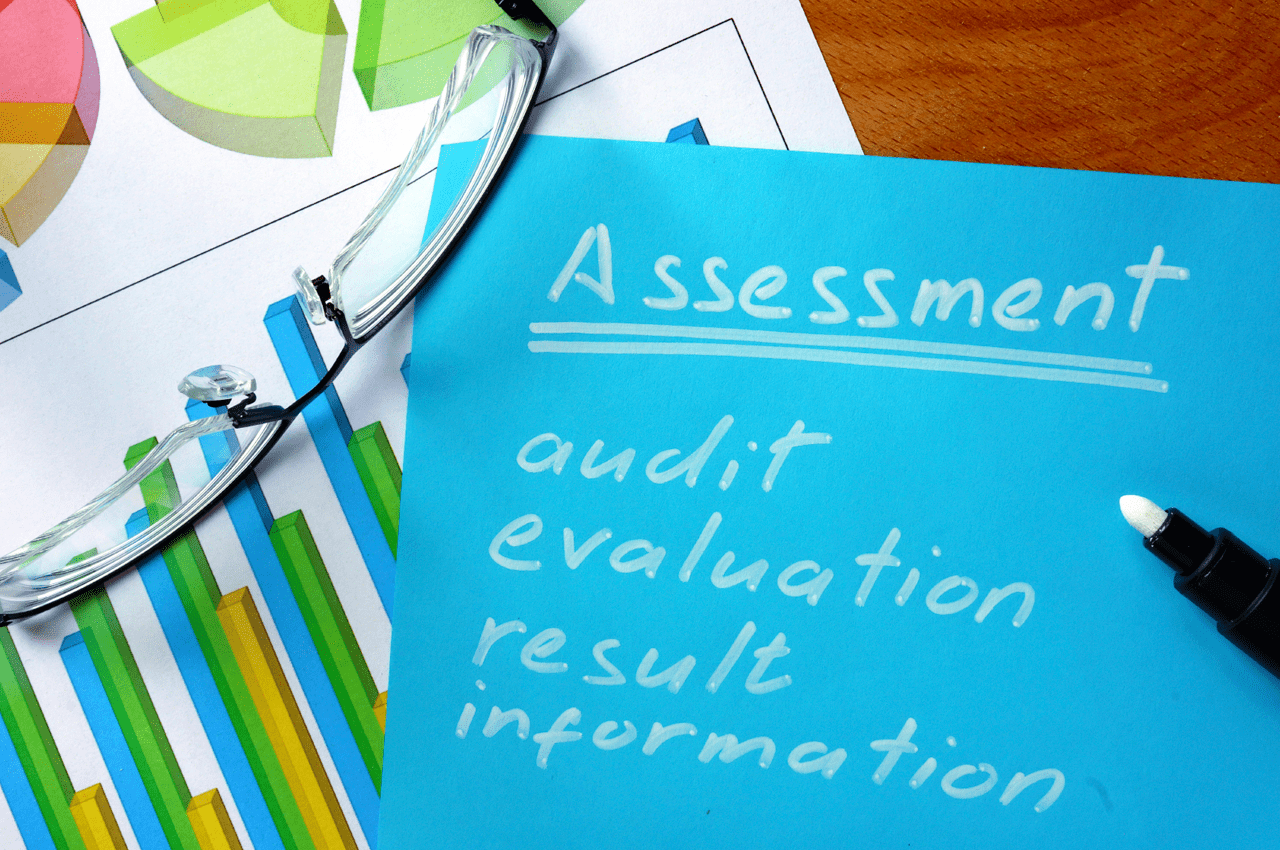The choice of the right project management methodology is the first step towards success.
Project managers can really become a concrete support for organizations by improving the way they implement projects, by choosing the most effective and efficient method and therefore reducing risks.
But in order to do so, it is not enough to simply recognize the organizational priorities, it takes much more. A deeper understanding of how each methodology impacts on the project is needed.
[av_notification title=” color=’green’ border=” custom_bg=’#444444′ custom_font=’#ffffff’ size=’large’ icon_select=’no’ icon=’ue800′ font=’entypo-fontello’ av_uid=’av-rsj6vh’]
Methodologies are repeatable, effective and efficient processes that help organizations optimize project activities.
[/av_notification]
Once these processes have been developed, they can be documented and repeated.
CONTENT INDEX
- Key considerations to determine the best project management methodology
- How to perform a MAP (methodological assessment process)
- 1. Evaluate the project as a whole
- 2. Evaluate the team that will work on the project
- 3. Evaluate the organization of to the company
- 3. Evaluate the organization of to the company
- 5. Evaluate the available project management tools
Thanks to the “standardization” of activities, organizations can concentrate on how to run the project and spend more time focusing on the project goals and results.
The process needed to evaluate and document the right methodologies for each project is very detailed. It is also long and complex at first, but it is absolutely worth it.
Key considerations to determine the best project management methodology
A methodology is not suitable for all projects uniquely, even within the same organization.
In fact, it is unlikely that the same methodology works well in the same organization on all projects. A good practice is to develop and implement a methodological assessment process – MAP – in order to determine the best approach for each project.
It should be taken into consideration that this same process may require re-evaluations and changes as business factors change.
How to perform a MAP (methodological assessment process)
In organizational development, as well as in projects, this list of evaluation criteria is considered.
As mentioned above, this process will have to be reviewed and modified from time to time in order to keep pace with the general needs of the organization and stakeholders.
1. Evaluate the project as a whole
When choosing a project management methodology, a suggestion is to start from the end.
It is necessary to know exactly how the final result should look like and what resources you will need to achieve it.
It is therefore necessary to concentrate on gathering initial requirements.
If the requirements suggest that you need a large and diverse team, for example, you will choose a methodology that supports flexibility.
If the final result is vague, you can instead opt for an iterative methodology like Agile.
Project budgets, timing, size and complexity, stakeholder expectations, type of project and industry are some of the other things to take into consideration when evaluating a project.
2. Evaluate the team that will work on the project
The selection and assessment of the project management methodology is essentially a project within the project.
If the team is not familiar with the chosen project management methodology, the expected results will be more difficult to achieve.
Therefore, it is advisable to take into consideration the composition of the team in order to identify its strengths and weaknesses.
If the team relies on collaboration, it is better to choose a less structured approach like Agile.
If the team is highly motivated and disciplined, a Scrum approach might be a good choice.
Team experience, training, self-organization skills, team location (remote, on-site, etc.) are also some aspects to consider when selecting a project team.
3. Evaluate the organization of to the company
The way the company is organized, its culture and its previous records, will have a great impact on the choice of the project management methodology.
Some methodologies work only within large organizations with structured and established hierarchies. Others are more suitable for smaller and faster organizations.
For example, if the previous reports show that all the projects that have applied an Agile methodology have been delayed or have not been successfully completed, it is not a good idea to use this method again.
Some factors to consider when evaluating an organization are:
- Past records and experience with different methodologies
- Corporate culture
- Organization hierarchy
- Level of flexibility
- Maturity level
- Dimension
- Available resources, including external resources such as freelancers and contractors
- Sector
4. Evaluate the project stakeholders
When choosing a methodology, stakeholder involvement is an important factor that has to be considered.
Some methodologies require that stakeholders are regularly involved during the project.
If the interested parties are occupied with other things, it is advisable to choose a methodology that requires them to be less involved.
If stakeholders are known to frequently change the scope of the project, the solution may be to choose a more flexible methodology.
Given the importance of stakeholders for the success of the project, their needs must be considered appropriately; in this way the stakeholders will be happier and more satisfied and the projects will have a greater degree of success.
5. Evaluate the available project management tools
Project management tools are normally designed to work well with a specific methodology.
Therefore, also the choice of project management tools will have an impact on the choice of the methodology – or vice versa.
In order to do this, it is therefore advisable to:
- Create a list of all the tools currently in use
- List their limits and functionality
- Compare their skills against the requirements for a specific methodology
Making this in-depth assessment will help you choose a methodology that aligns perfectly with the goals, team capabilities, stakeholder needs and project management tools.
In conclusion, project managers have different project management methodologies to choose from.
Each of these methods has its strengths and weaknesses and choosing the right one will make the project faster, smoother and more efficient.





